What Makes A Diplomatic Royal Tour Successful?
Clear goals, fostering relationships between nations and an open, transparent agenda. Everything we didn't see in Colombia.
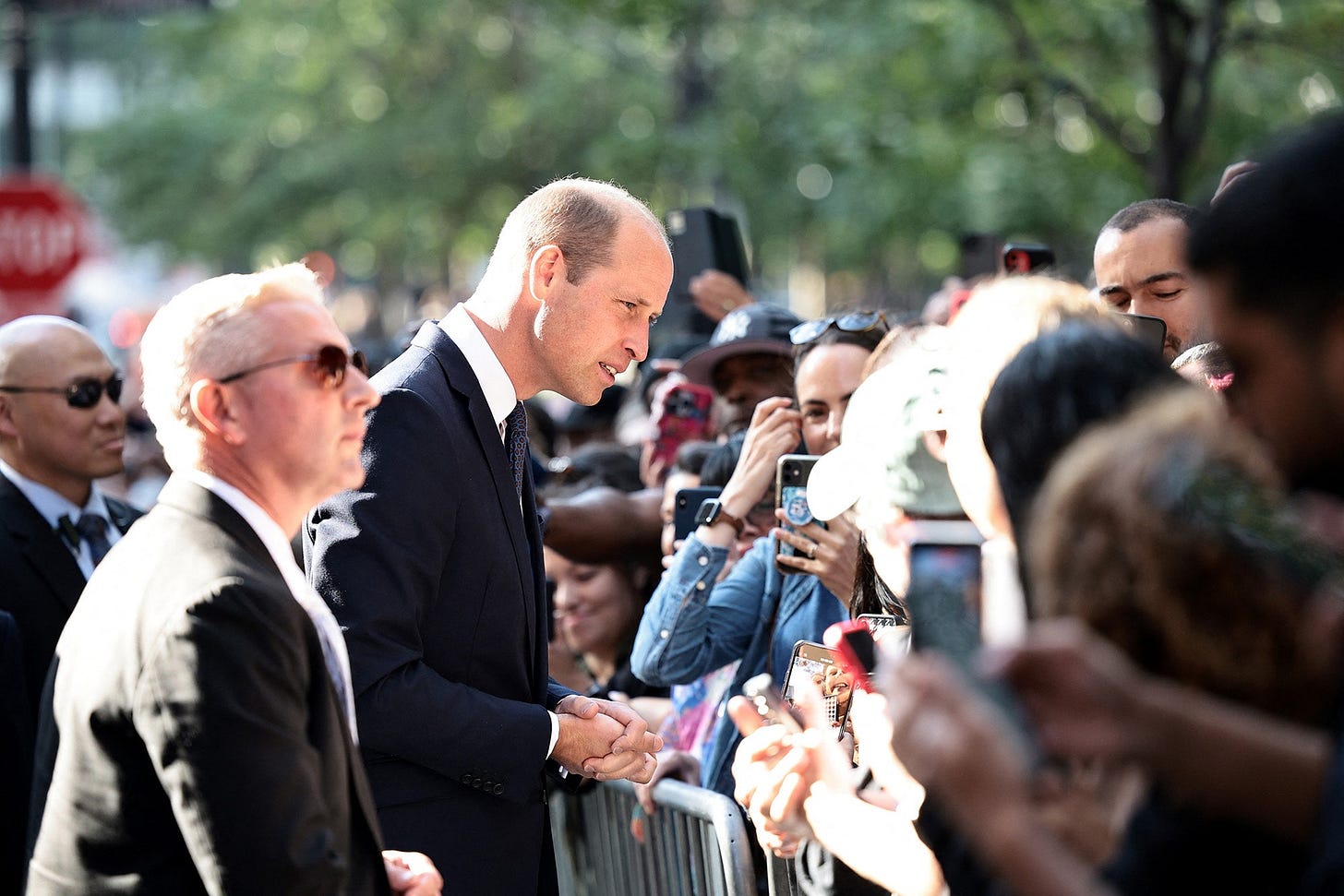
Hello Dear Readers.
Originally, we planned to dive straight into our analysis of Prince Harry and Meghan Markle’s Colombian tour. But to offer truly insightful feedback, we realized we needed to set the stage first. Royal tours have a rich history and specific goals. Without understanding these, it’s easy to miss the mark. As a historian, this topic is near and dear to our hearts.
So, before we delve into our critique, let's explore the context of royal tours in the current era. This will provide a solid foundation for our upcoming analysis of Harry and Meghan’s visits.
So, what exactly is a “Diplomatic Royal Tour”? Well, think of it like a state visit. One country invites the royals from another to strengthen their relationship. It’s a diplomatic move, just like when a US president visits another country. For the British Royals and others, they’re not just a family – they represent their government. So, when they travel, they’re basically flying the flag for their nation.
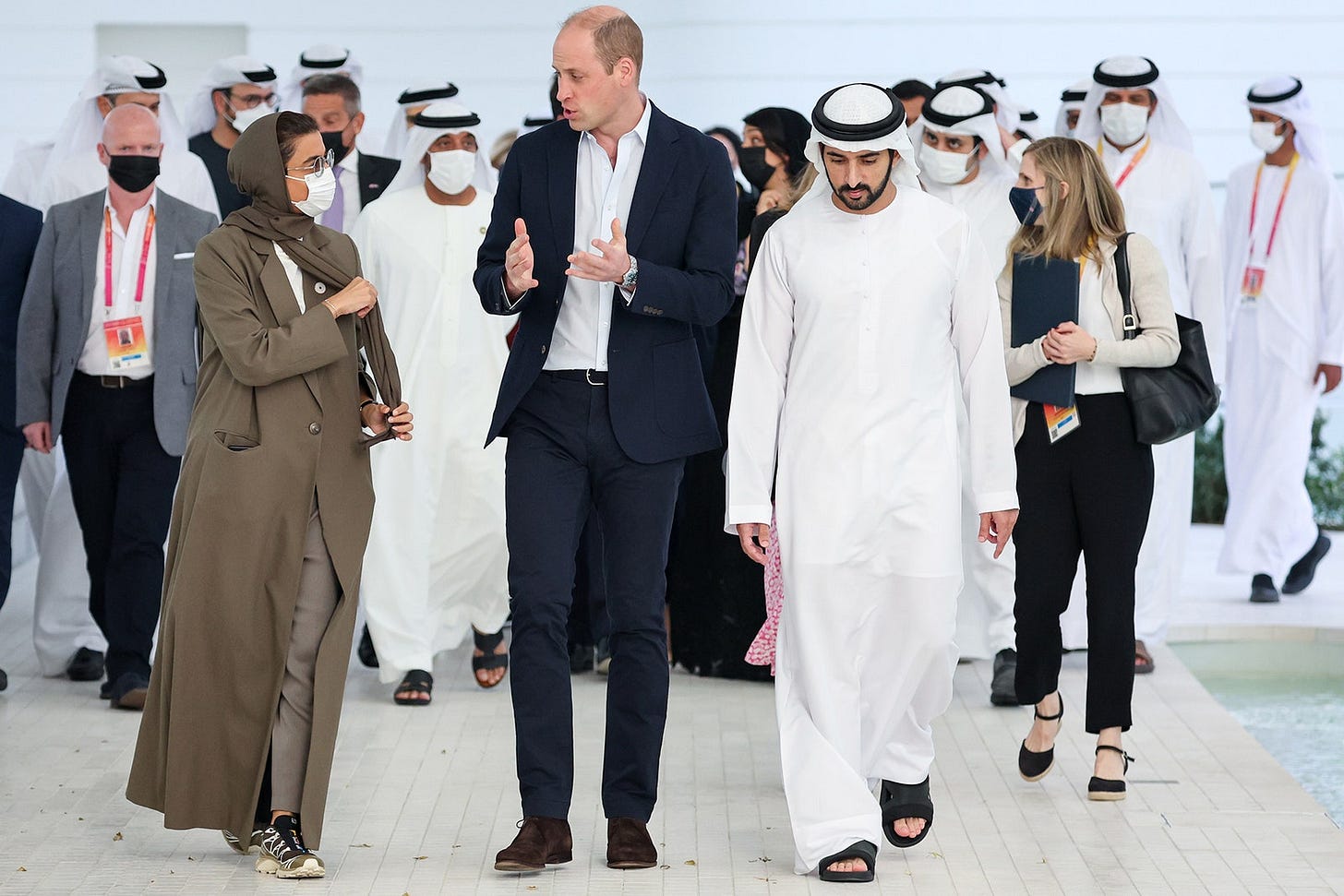
While royal tours often feature public appearances, glitzy balls and social events, make no mistake, they serve a critical diplomatic purpose. In this modern era, Royal families can leverage their soft power to foster international relations, promote economic cooperation, and facilitate immigration agreements. For instance, King Willem-Alexander and Queen Maxima of the Netherlands routinely bring their country’s trade delegations on their foreign visits, underscoring the economic benefits of these diplomatic endeavors.
In Summer of 2022, then Prince Charles attended the Commonwealth Heads of Government Meeting (CHOGM) in Rwanda. Rwandan President Paul Kagame played host to him, former UK Prime Minister Boris Johnson and scores of world leaders in a glittering summit. Afterwards, Charles and the then Duchess of Cornwall had a packed list of engagements which included meeting Rwandan Genocide survivors.
Political legitimacy and the strengthening of cultural ties between countries are the hallmarks of a Royal tour.
The summit was an opportunity to highlight Rwanda’s stability and relative prosperity under Kagame’s rule. It also focused attention on Rwanda’s widely criticized deal with Britain to deport asylum-seekers from the UK to Rwanda. This wasn't the first time an African nation had used royal soft power for diplomacy. Commonwealth summits in Africa have always been noteworthy.
The 1979 CHOGM gathering in Zambia helped to bring an end to white minority rule in Rhodesia, which became majority-ruled Zimbabwe in 1980. The 1991 CHOGM summit in Zimbabwe saw the Commonwealth increase international pressure to bring an end to South Africa’s racist system of apartheid.¹
Prince William and the Ivory Trade in China
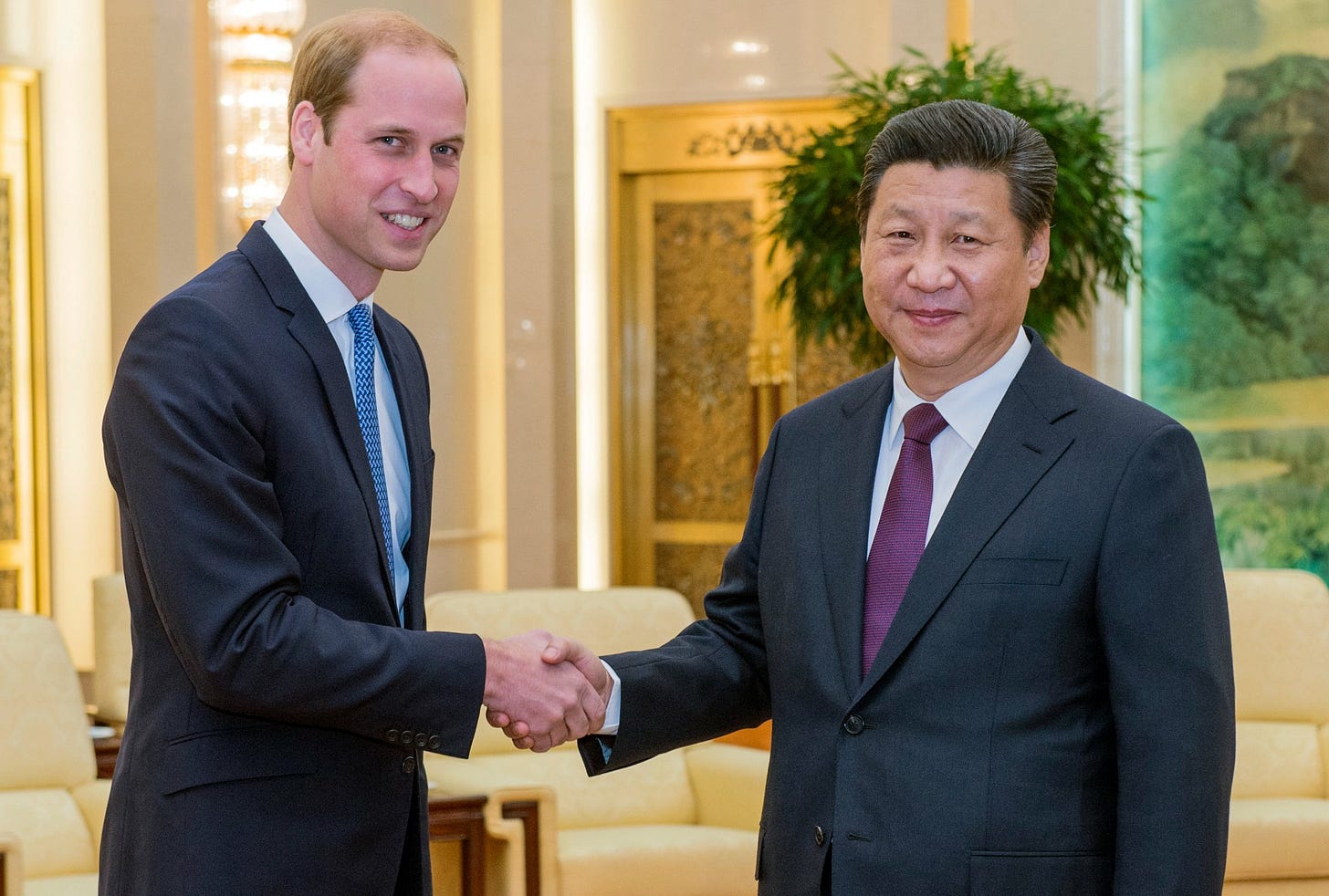
In 2015, Prince William repaired decades of diplomatic damage caused in part by his father and other members of the Royal family when he visited China and met President Xi Jinping. The previous Autumn, there’d been months-long protests in Hong Kong (a former British colony returned to Chinese sovereignty in 1997) that shuttered parts of the Chinese Special Administrative Region. Many, including the protesters themselves, say the movement was a grassroots push for genuine universal suffrage. Beijing blamed “hostile foreign forces.” A British delegation sent to look into the protests was turned away, prompting a rather pointed editorial from the Chinese ambassador to the UK. Suffice it to say, Diplomatic relations between the two countries were strained.
Prince William’s trip to Beijing was the first royal visit to China since Queen Elizabeth and Prince Philip toured the country in 1986. Then Prince Charles had flatly refused to visit the People’s Republic over its human rights record and treatment of Tibet. And in 1999, Charles was accused of boycotting a Chinese state visit to the UK by failing to attend the return banquet held for the then-president Jiang Zemin, who two years earlier attended the Hong Kong ceremony.
King Charles’s former aide Mark Bolland later revealed it was “a deliberate snub”, adding: “He did not approve of the Chinese regime, and is a great supporter of the Dalai Lama, whom he views as being oppressed by the Chinese.”
However, his son’s view was that despite the UK’s difficult relationship with China, “We’ve got to engage”. At this point in time, Prince William had began building his environmental portfolio and had just created United for Wildlife, a charity meant to protect endangered species from the trafficking trade. According to aides, William knew that any conversations regarding conservation and putting an end to animal trafficking couldn’t happen without buy-in from countries like the People’s Republic of China. At the time, China was the largest market for illegal elephant ivory and rhino horns. Suffice it to say, William was walking into a diplomatic minefield. So how did he do? “Defter diplomat than Dad,” judged American news outlet NBC.

So with very little left to lose, during this high profile visit, Prince William openly condemned the illegal wildlife trade after visiting an elephant sanctuary in the south western province of Yunnan. He described the ivory and horn trade as a “vicious form of criminality” that “erodes the rule of law, fuels conflict and may even fund terrorism”.
Prince William: “The greatest threat to elephants worldwide today is not local farmers protecting their livelihoods, it is ruthless and organised poaching and trafficking.”
During his visit William also delivered a handwritten invitation to President Xi from Queen Elizabeth for a state visit in Autumn of that year. President Xi accepted and became the first Chinese leader to do so in over a decade, opening up channels of commincations between the Chinese and UK government that hadn’t existed in years.
Later that year, as the Chinese President embarked a UK state visit, he and William also had a meeting to discuss the ivory trade. And wouldn’t you know it:
Less than two years later, China banned their ivory trade.
Dear Readers, China didn’t agree to this out of the blue. They responded to diplomatic cajoling and slight pressure from The Duke of Cambridge. The opening of diplomatic ties with the UK after decades of strained relations was only possible after a Diplomatic Royal tour. And it opened the door to having important conversations. Upon the announcement of China’s ban, change was observed nearly overnight in not just the price of ivory but the number of animals slaughtered.
Described by WildAid CEO Peter Knights as “the greatest single step toward reducing elephant poaching,” the ban has already led to an 80% decline in seizures of ivory entering the country, as well as a 65% decline in raw ivory prices.
Poaching in Kenya is down from 390 elephants killed in 2013 to only 46 last year, according to the Kenya Wildlife Service, and by 55% at three main sites in Tanzania in 2016 compared to 2015.
As part of China’s landmark policy, 172 ivory carving factories and retail outlets are being closed by the end of the month.
“China’s ban is crucial for elephants,” says WildAid CEO Peter Knights. “As the U.S. steps back from its international environmental commitments, Chinese leadership is essential.”
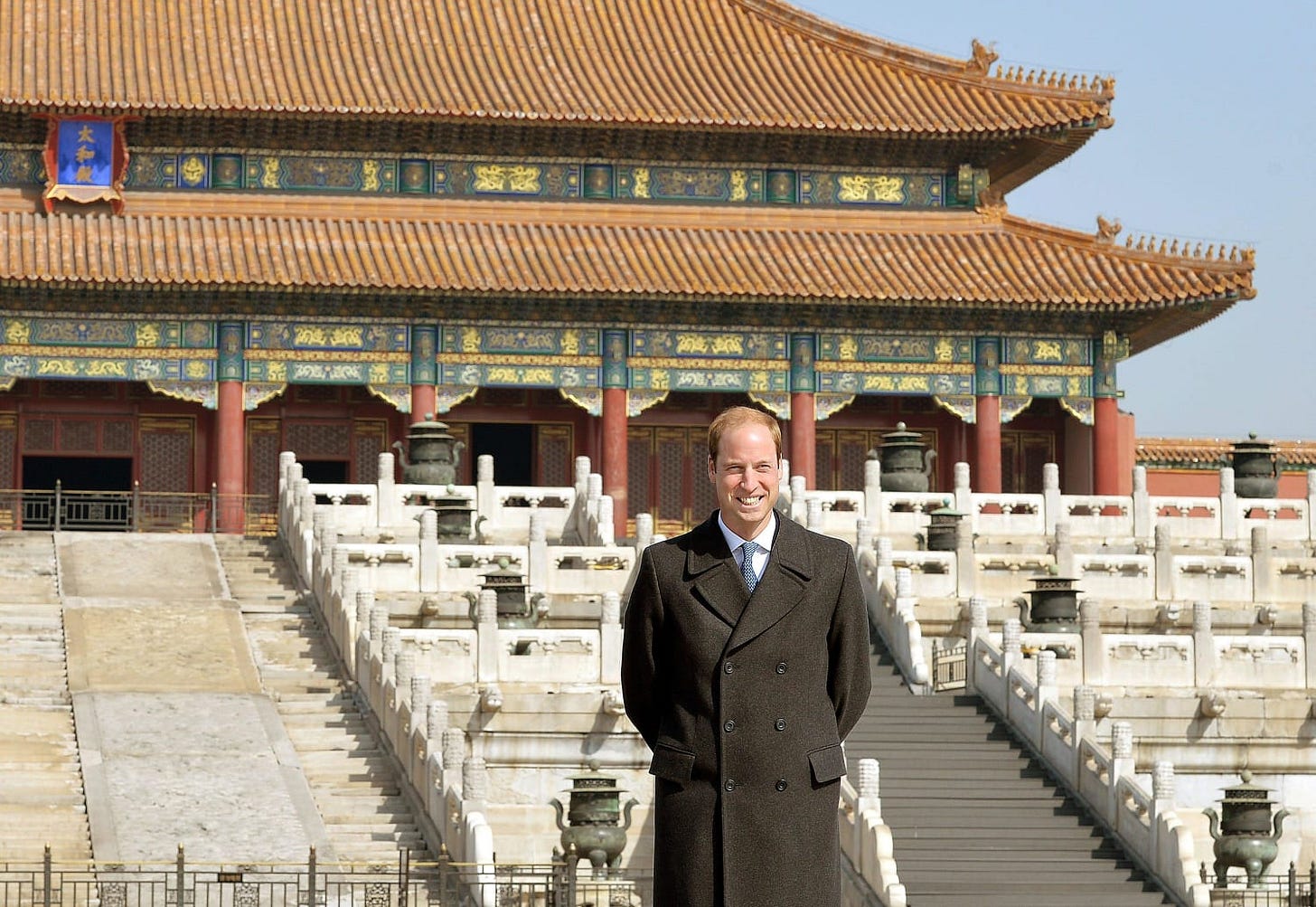
Diplomatic Royal Visit in the Caribbean
When traveling to the Caribbean in 2022, the Duke and Duchess of Cambridge visited an army training unit in the Belizean jungle where William had spent a period of time training alongside Welsh Guards when he was serving in the army.
During their Diplomatic Tour of the Caribbean, also visited one of William's Earthshot Prize winners, Coral Vita, on Grand Bahama Island, and see their ground-breaking ideas for restoring and preserving reefs. In 2021, Coral Vita were recipients of £1 million in prize money from Prince William’s Earthshot Prize.
In the year since they won, Coral Vita invested their Earthshot Prize prize money into financing their first major restoration off the coast of Grand Bahama, scaled up their personnel by hiring several key R&D team members, and purchased breakthrough lab equipment allowing year-round and predictable coral reproduction. Due to the publicity and platform of Earthshot, they received an additional £500,000 in funding from DP World which meant they’re also now laying the foundations for the first-ever commercial land-based coral farm for restoration in the Middle East.
Afterwards the Wales’s visited a local Fish Fry, where they met vendors who prepared a delicious looking meal of Bahamian cuisine. Princess Kate tried out the island delicacy, conch salad, which is said to be an island aphrodisiac and has the same effect as viagra! "I'm a little bit more adventurous than William is," she joked after slurping down the delicacy and giving it two thumbs up while William shock his head in disbelief and a twinge of admiration.
They also met locals on a royal walkabout. They were especially attentive to the local younger children who came out to meet them. At one point, William brought a young photographer to meet Catherine. As we all know, she’s an amateur photographer, and she chatted with the young girl about her camera and they looked at her pictures together. On hand for all of this were the local press who were allowed to be onsite, capture and write about the moments for their readers. Tucking into local cuisine, creating these spontaneous moments and allowing access to journalists is a non-negotiable for Diplomatic Royal Tours.
Princess Catherine and Denmark Early Years
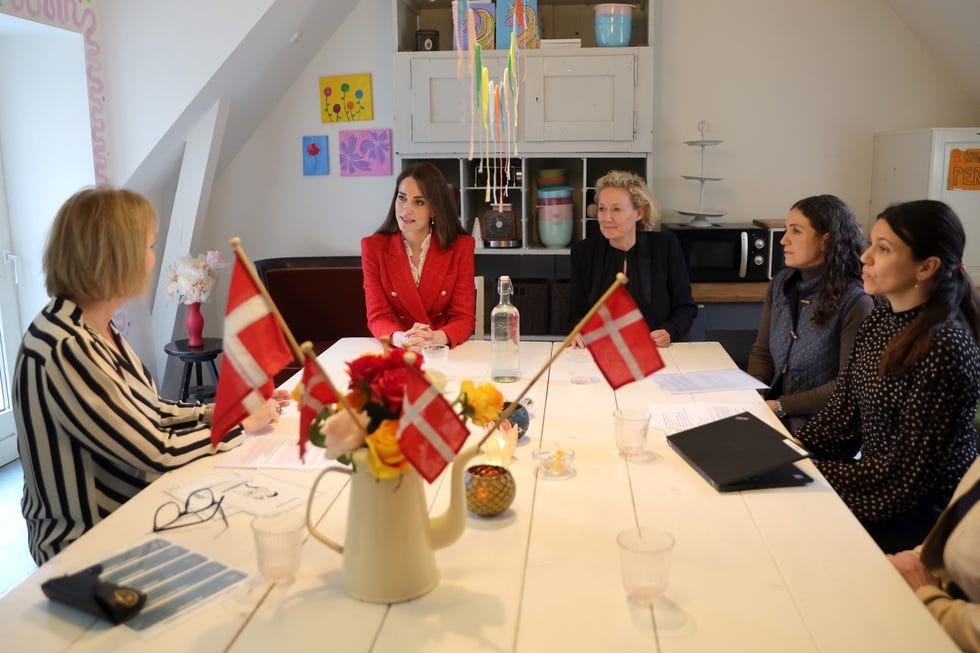
In February 2022, Princess Catherine traveled to Copenhagen, Denmark for a two day visit to kick off the year-long celebrations for Queen Elizabeth’s Platinum Jubilee, promote her Early Year Foundation and learn about the Danish approach to early childhood development to explore how The Centre for Early Childhood could take learnings from this world-leading work.
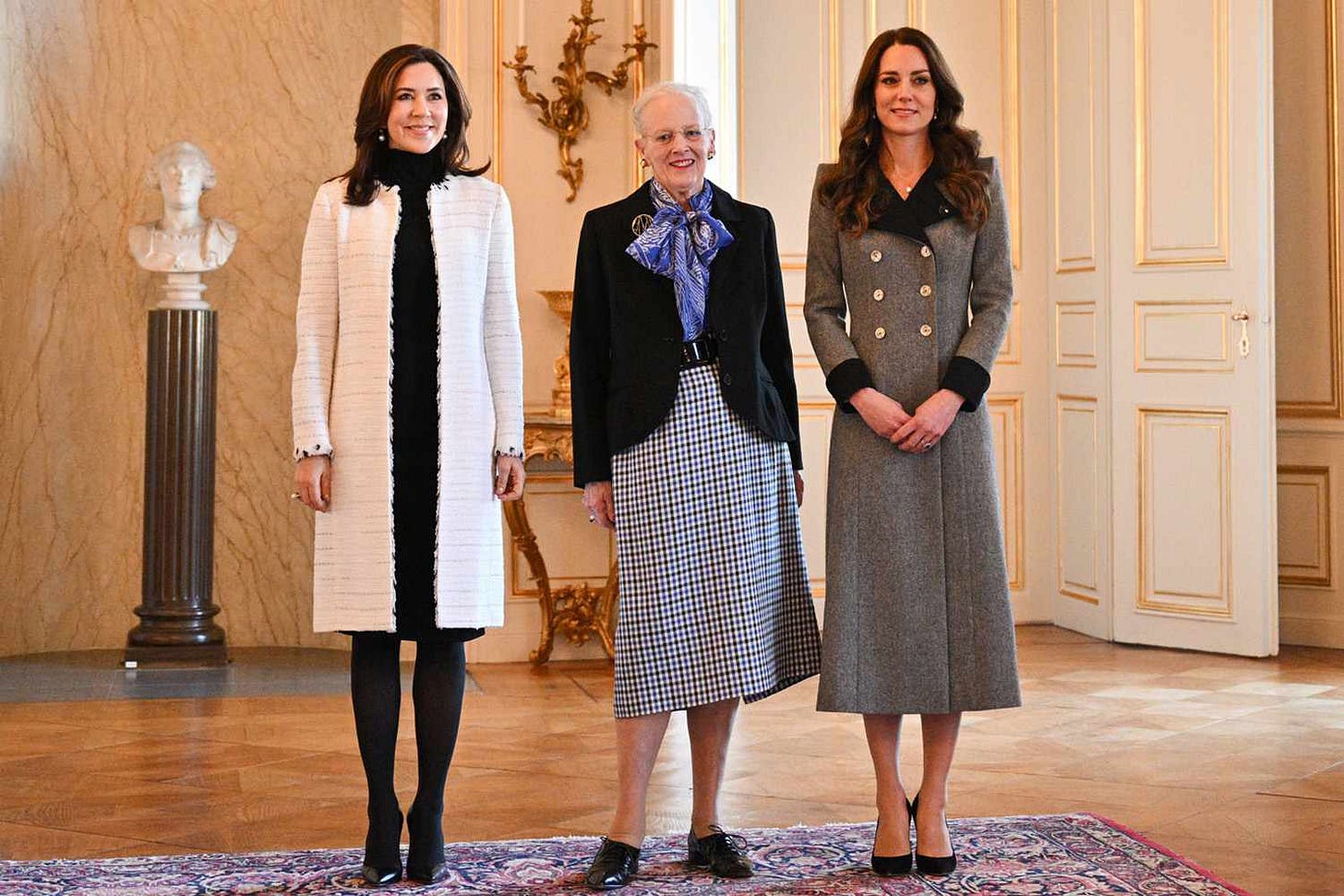
A year and a half later, the Princess of Wales commissioned her first NHS scientific study, designed to support the emotional development of babies. The Royal Foundation funded the £50,000 trial, which was inspired by the official visit to Denmark. The Princess saw the system, called the Alarm Distress Baby Scale (ADBB), in action during the official visit to Copenhagen and was so impressed that she began exploring whether it could be introduced in this country.
It will evaluate a special tool used by health visitors at the regular six to eight-week check to identify babies at risk as well as showing parents how to communicate with their babies. The results were overwhelmingly positive and the report released recommended expanding the ADBB training and protocol to more UK health visiting team.
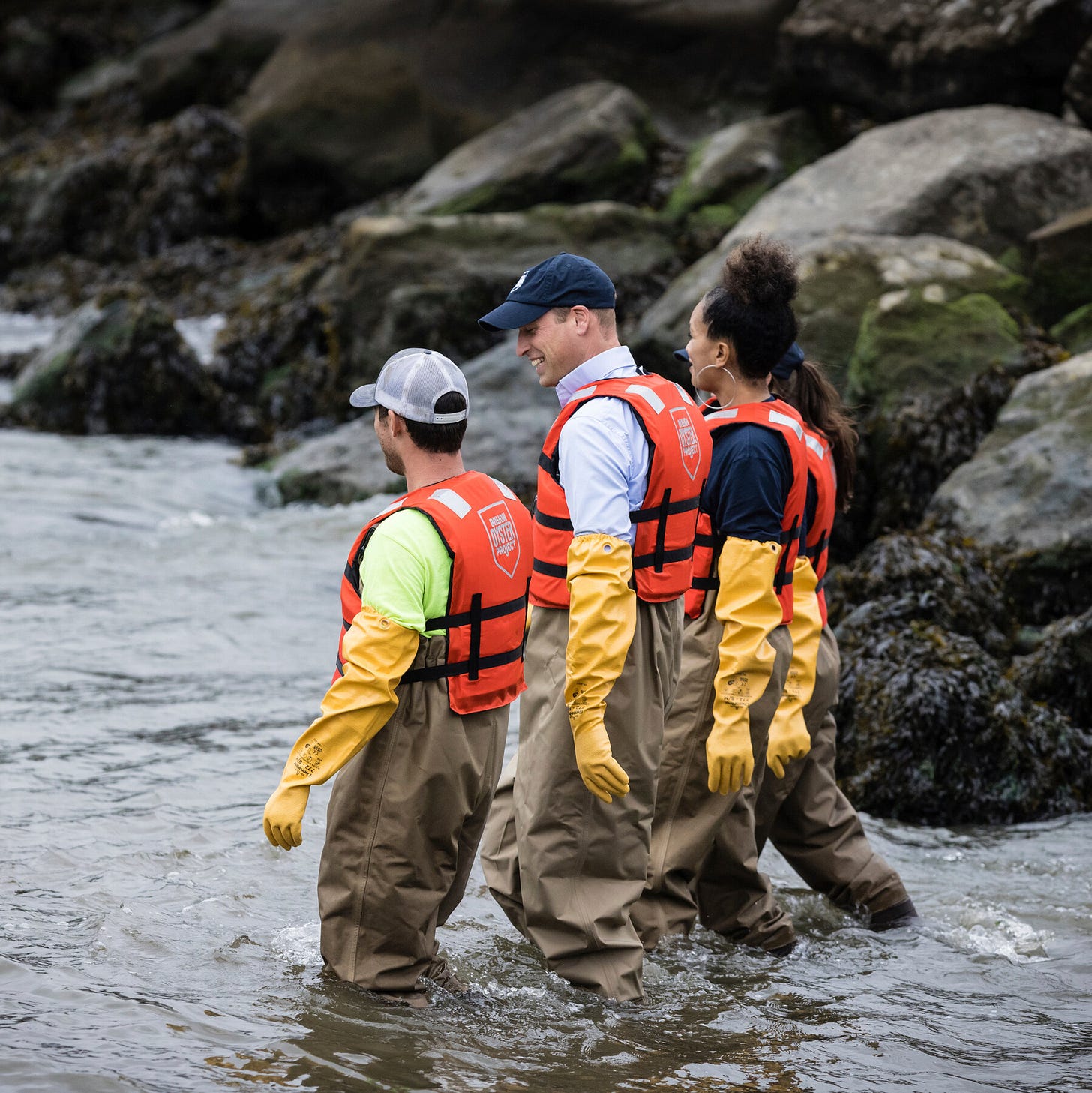
While these Diplomatic Royal tours and interactions may seem fluffy and light, they overwhelmingly serve a purpose. And the purpose is rarely ever the personal profile of the royals traveling. Mwambutsya Ndebesa, a political historian at Uganda’s Makerere University put it best when he said:
“The Commonwealth and Royal Family are relevant, but the question is to whom? Do governments get political capital out of it? You profile your country, you profile your name. You can derive political legitimacy out of hosting such an event.”
Political legitimacy and the strengthening of cultural ties between countries are the hallmarks of a Royal Diplomatic Tour. These high-stake diplomatic undertakings are measured by the bi-lateral nation-to-nation deliverables expected of them — and of their lasting positive impact. These trips aren’t cheap and can run the risk exacerbate tense diplomatic relations. To justify the expense, a more significant goal is needed. They aren’t meant for personal indulgence, an ego boost or amateur diplomacy. Royals have to be aware of not being seen as wasting resources, time or being a burden on the taxpayers.
Which brings us to Harry and Meghan.
For reasons that aren’t entirely clear, Prince Harry and Meghan Markle began pivoting to their own version of faux royal tours, most recently their four-day trip to Colombia last Thursday. The question on everyone’s lips is “Why?”.
“Why?” is a question often attributed to the Sussexes. This skepticism can make writing about them difficult. They’ve been the subject of some unfounded and dramatic narratives, so when legitimate criticism arises, it’s almost always dismissed. Since they stepped down from royal duties, there’s been an unwillingness to give any feedback towards them credence. However, their recent, inauthentic faux royal tours demand a serious conversation.
Why were two ostensibly private citizens with have no public history or heritage in the country embarking on what was clearly a trip meant to harken back to the old lives they fled? We were under the impression that those who didn’t care for the Royal family found these types of trips colonial and problematic. Why was a foreign government paying for the travel and security for two former royals who four years ago pledged to forgo taxpayer support to fund their “work”? And what exactly were Harry and Meghan hoping to achieve? And why do advocates of the Sussexes give a free pass to what’s clearly an attempt at their discount version of a royal tour but heap untold amounts of criticism on the Sussexes estranged relatives for the Diplomatic Royal visits they undertake on behalf of the government?
A stream of glossy images and being used as political pawns to drum up tourism.
Angering local politicians and citizens.
Leaving Colombian taxpayers, where 50% of the Afro population lives in deep poverty, with an ₱8 Million peso ($2 million USD) security bill after four days.
And a tight-fisted control of the press that’d make Pyongyang proud.
Welcome to tours, the Sussex Way. Stay tuned for Part 2 where we dig into the Sussex’s Colombian and Nigerian visit.
Yours in Royal Tea,
Lady Sinclair




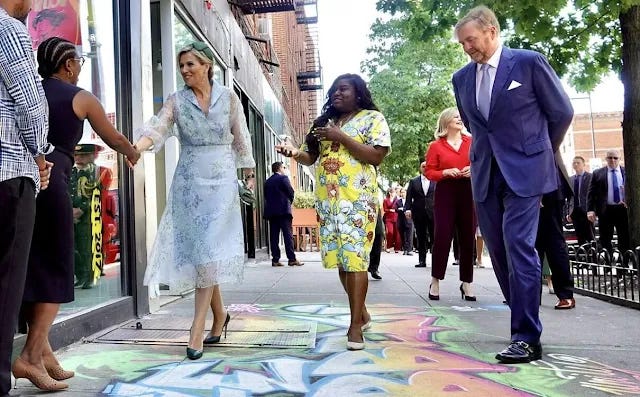
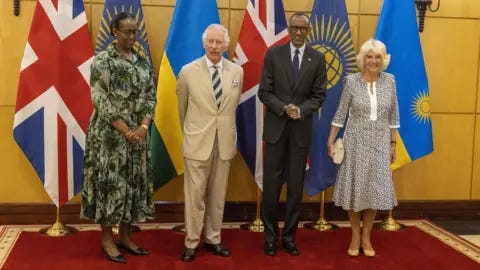

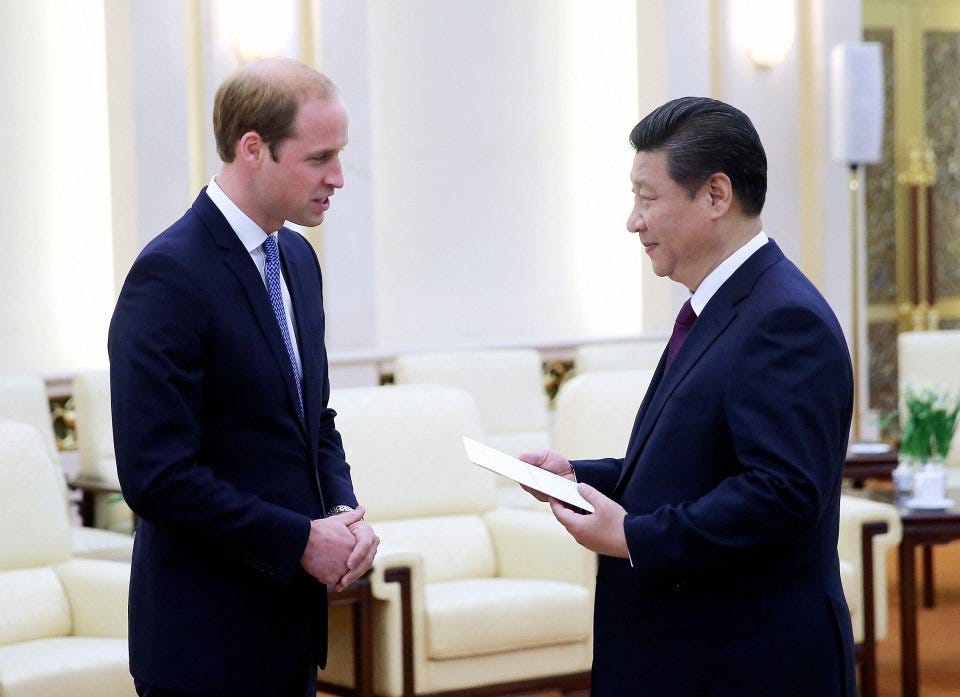
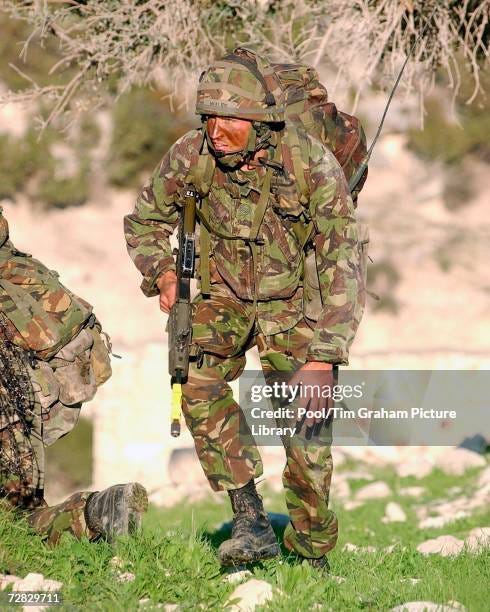
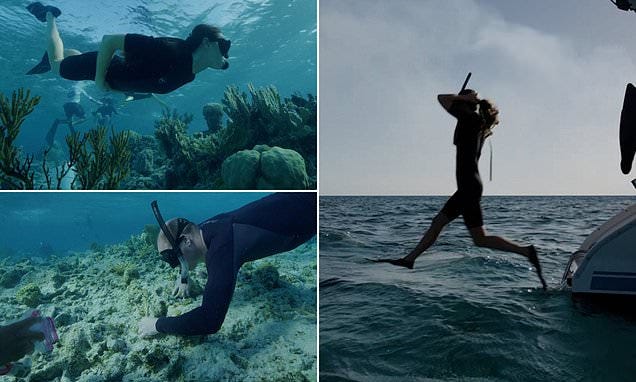
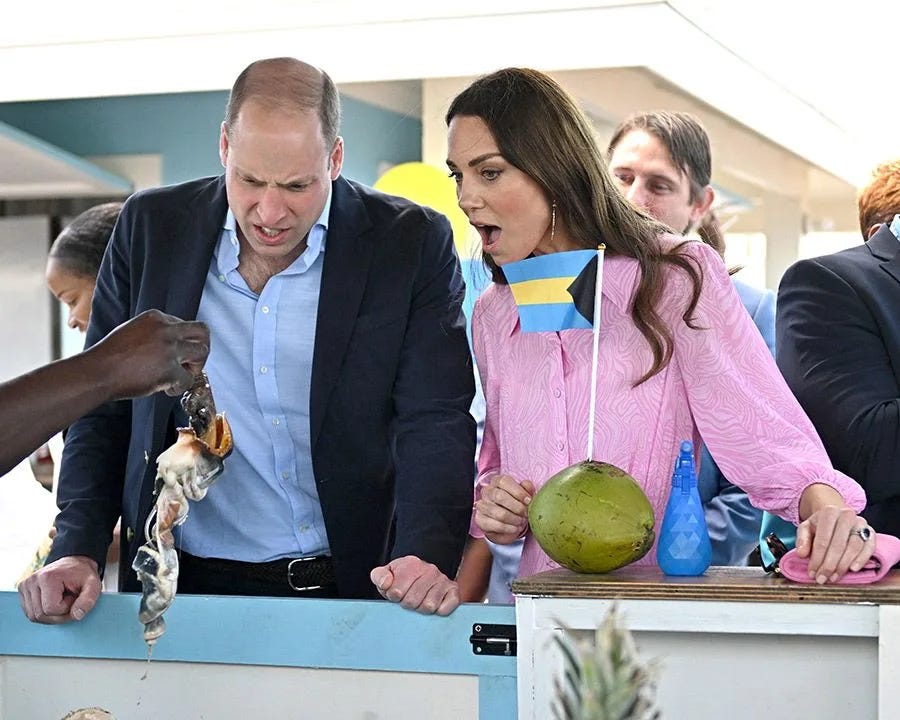
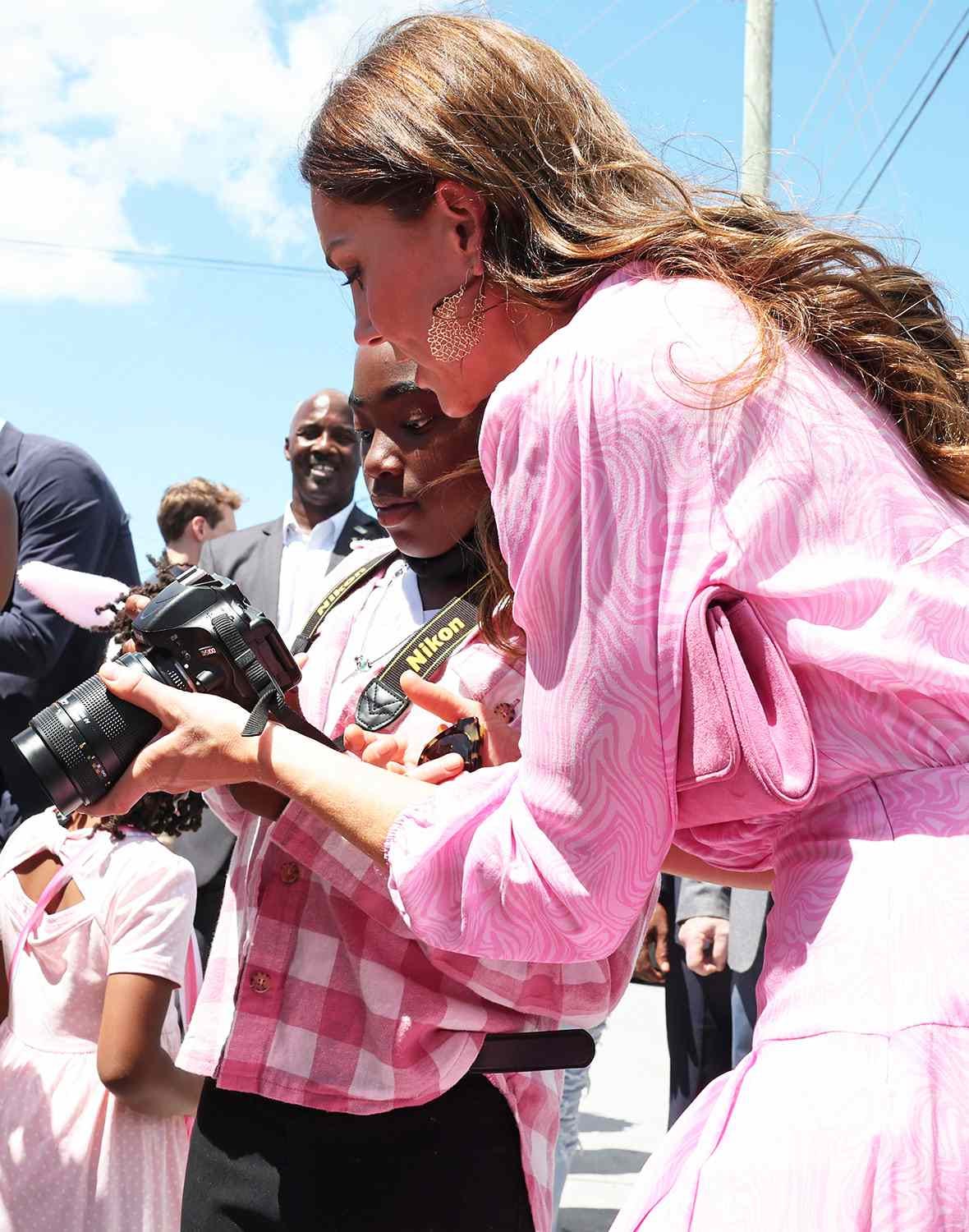
In what world was the Caribbean tour by William and Kate - in which they were WIDELY criticized for engaging in acts of neocolonialism, including by the governments of countries like Belize directly - an example of a successful royal tour? The whole “analysis” willfully neglects the fact that royal tours have historically been a way to keep the colonies, then the Commonwealth underfoot so that Britain could stay a global superpower.
I’m all for thoughtful critiques of Harry and Meghan when they are rooted in actual evidence and thoughtful analysis. This is some click-baiting, poorly-argued nonsense merely for the purpose of generating some meager revenue from those uninformed.